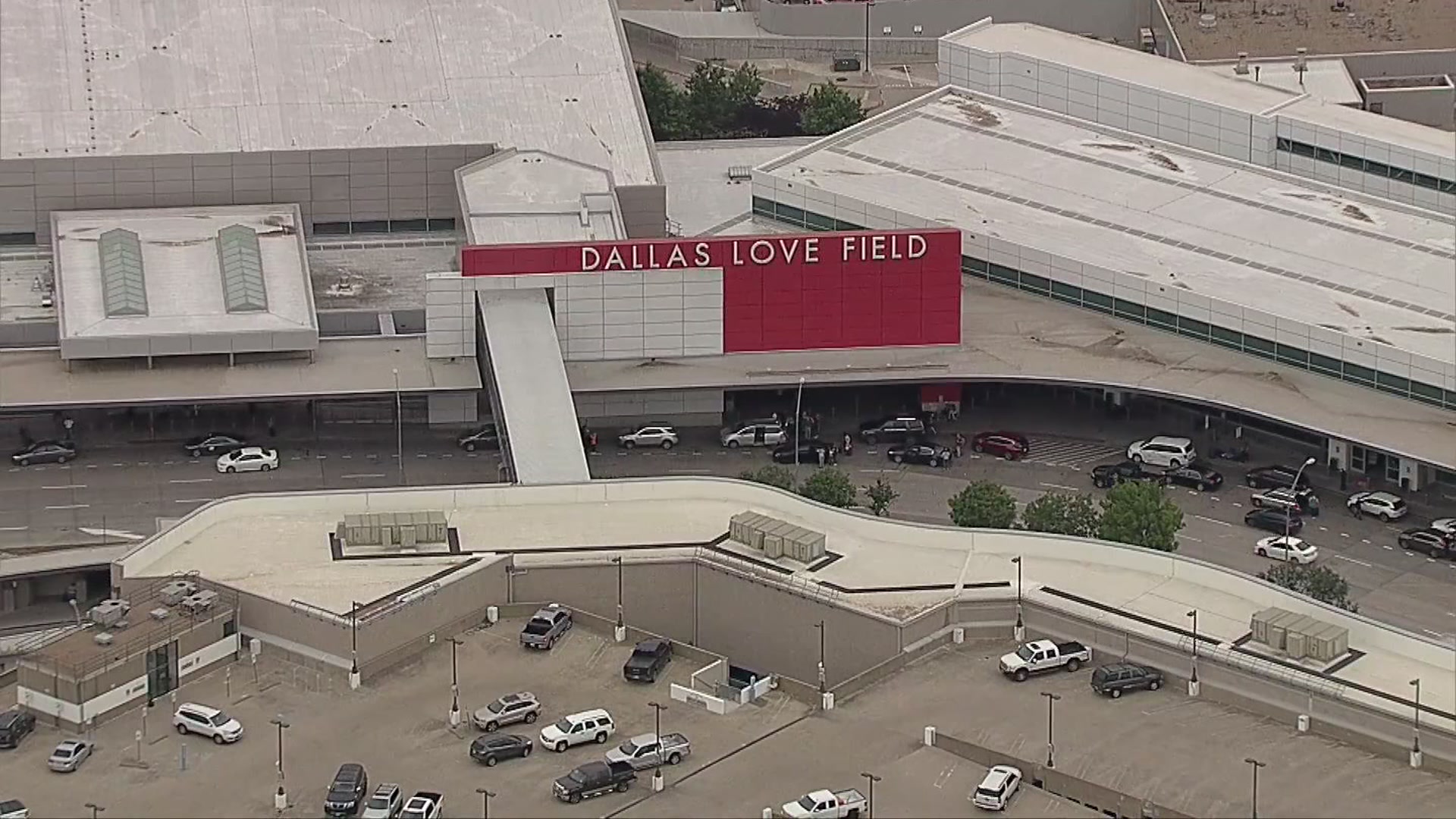The risk of falling victim to heat illness is very real in these days of 100-plus degree temperatures.
Doctors in emergency rooms say they've been treating people of all ages for mild to severe cases of heat exhaustion and the more dangerous heat stroke.
Heat illness can strike with little warning as it did to five people at the same graduation party earlier this summer.
"One was particularly fairly sick and actually had heat stroke," said Dr. Mark Maynard, Emergency Medicine Baylor Scott & White McKinney, who was the attending physician during the call.
Get DFW local news, weather forecasts and entertainment stories to your inbox. Sign up for NBC DFW newsletters.
From May 1 to July 20, first responders with MedStar treated double the amount of heat-related patients than this time last year.
According to the CDC, symptoms of heat exhaustion include dizziness, nausea and weakness. Symptoms of heat stroke and heat exhaustion include confusion, throbbing headaches and unconsciousness.
"You know, you think, 'I've grown up here. I'm used to these hot summers,' but it's just not true," said Dr. Andrew Morris, emergency medicine physician and associate medical director at Texas Health Plano.
Local
The latest news from around North Texas.
Morris expects his emergency department to surpass its normal summer heat-related caseload of about 100 patients.
"Stay out of the heat as little as possible and get inside to a cool area if you feel any symptoms of nausea or you start to feel weak. Don't underestimate the nighttime as well. It's well over 100 degrees on some of these nights, so be careful at night as well," said Morris.
"Your body is going to tell you, so the first signs and symptoms that you would notice is maybe a rapid heart rate," said Maynard. "You might notice that you're having a headache, or you're feeling a little fatigue or kind of lightheaded, maybe even some nausea and vomiting. Of course, if you get into the range of feeling confused, that's a whole nother ballgame. You've just converted from heat exhaustion now to heat stroke."
On Thursday, Dallas County Health and Human Services reported the first heat-related death in Dallas County for the 2022 season.
The patient was a 66-year-old woman and a Dallas resident who had underlying health conditions. Due to privacy and confidentiality reasons, DCHHS does not disclose personal information.
HEAT SAFETY TIPS
With heat like this, you'll want to take precautions and be prepared.
Drink plenty of fluids, stay in an air-conditioned room, stay out of the sun, and check up on relatives and neighbors to ensure they stay cool.
Young children and pets should never be left unattended in vehicles. According to the National Safety Council, if it's 95 degrees outside the internal temperature of a car could climb to 129 degrees in 30 minutes. After just 10 minutes, temperatures inside could reach 114 degrees.
A child's body temperature heats up three to five times faster than an adult and heatstroke can begin when a person's core body temperature reaches 104 degrees. A core temperature of 107 degrees is lethal, according to the Texas Department of State Health Services.
Take extra precautions if you work or spend time outside. When possible reschedule strenuous activities to early morning or evening. Know the signs and symptoms of heat exhaustion and heatstroke. Wear lightweight and loose-fitting clothing when possible. To reduce risk during outdoor work, the Occupational Safety and Health Administration recommends scheduling frequent rest breaks in shaded or air-conditioned environments. Anyone overcome by heat should be moved to a cool and shaded location. Heatstroke is an emergency! Call 911. The CDC has more here on heat-related illnesses.
Take care of your pets by providing fresh, cool water and shade. Also, pets should not be left outside and unattended for too long. It's too hot and they need to be brought inside.




